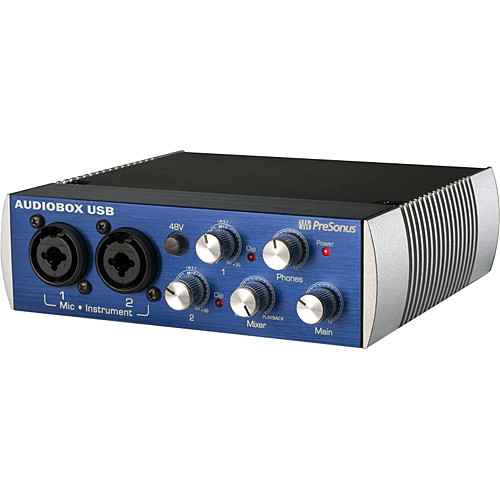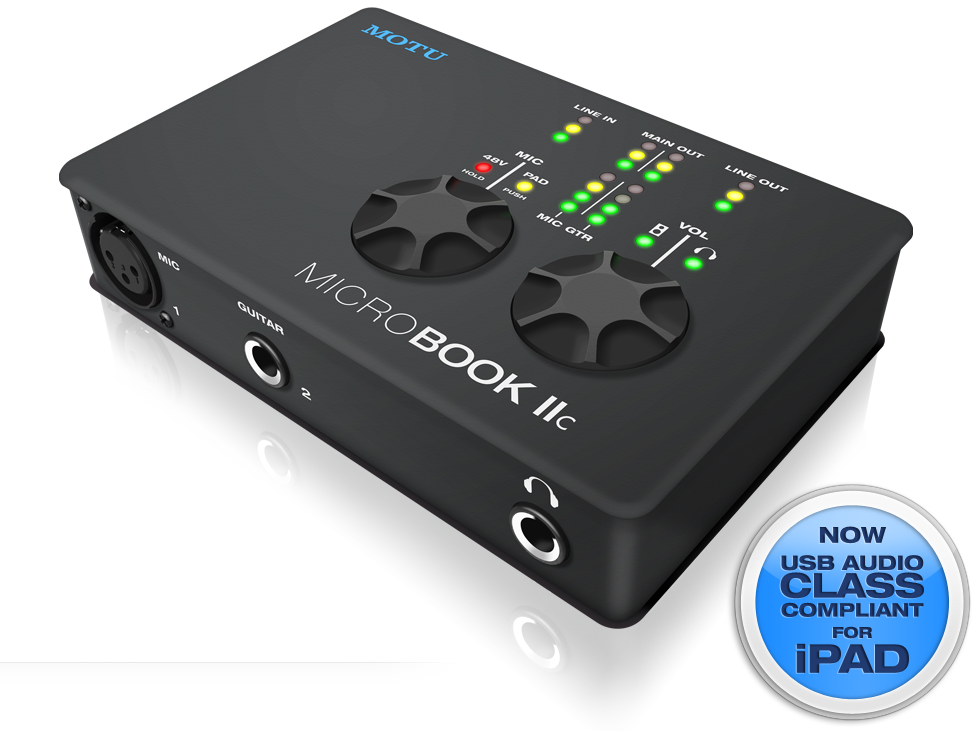Nectar Elements is a vocal plug-in aimed at solving a very specific issue that many producers and engineers struggle with; getting the vocal to sit in the mix. If there’s one thing they learned from their customer base, it’s that people who work with vocals professionally and as a hobby need fast tools that sound great. This re-introduction of Nectar Elements streamlines meticulous mixing workflows by acting like an assistant who takes care of time-consuming tasks with your creative guidance. The Vocal Assistant in Nectar Elements analyzes and adapts to your vocal sound, taking the guesswork out of placing your vocal in the mix.
How is Nectar Elements different than Nectar Elements 1?
The biggest difference from the previous version of Nectar Elements is Vocal Assistant. Vocal Assistant uses machine learning to learn any vocal and apply a custom sound for it.
Pitch, De-ess, Dynamics, Clarity, Tone, and Space are all custom-built to help you get a professional sound with incredible speed.
The new version of Nectar Elements includes thier latest DSP and simplifies many of the modules that were included in the old version of Nectar Elements. What they learned from the first iteration of Nectar Elements is that while presets were useful, they were rarely custom built for the vocal. Vocal Assistant ensures that your vocal chain is custom built every time with machine learning, rather than having a set of parameters that have zero context about the source material. This experience will feel more uniform with other product experiences like Track Assistant or Master Assistant in Neutron and Ozone, and is more in line with thier vision to incorporate assistance in thier products that can intelligently enable creativity in your music production.
The cleanup
The key to a successful vocal sound requires cleanup well before you start adding time-based effects. Cleanup consists of adding clarity to a vocal’s frequency response, focusing the vocal dynamics, and applying correction and repair-style processing.
Pitch slider
Pitch correction plays a heavy part in today’s chart topping music. On tracks like Drake’s “God’s Plan,” you can hear a synthesized tone that exists underneath the lead vocal. This is the sound of real-time pitch correction and serves two purposes; adding a new dimension of tone to the vocal and a utility that adjusts notes that are not in key.
Traditionally, pitch correction happens early in the signal flow so that the rest of the vocal chain’s processing affects the corrected signal only. Many engineers use this method in today’s music to optimize a vocal and prep it for mixing. Nectar Elements’ Vocal Assistant listens to your vocal and sets up an optimal register for our pitch correction.
Clarity slider
Often there are undesirable frequencies that cause a vocal to sound unbalanced and dull once it has been captured. These problems are usually in the low end and sprinkled throughout the spectrum. Usually, an engineer would add a high-pass filter to the vocal and use search and destroy techniques to locate optimal places for subtractive EQ cuts (areas in the frequency spectrum where there is unwanted energy built up in one frequency). Adding narrow EQ nodes with negative gain mitigates these. At iZotope we refer to these as peak resonances.
Vocal Assistant listens for these peak resonances while it’s running and adds subtractive EQ cuts for you. The Clarity slider allows you scale the amount of gain applied to these subtractive EQ cuts, making your vocal sound controlled and clear instead of muddy and dull.
De-ess slider
Managing problematic vocal sibilance is a challenging idea to wrap your head around if you’re just starting out with mixing and producing vocals. Learning to hear sibilance is the first hurdle and then learning to hear bad sibilance is the second hurdle.
Bad sibilance is most noticeable when you listen to a vocal in context of a mix. S’s and T’s pop out of the mix and distract from the 5–8kHz frequency range. If you’re a veteran mixer, you may have your own way to manage this through offline tools and multiple de-essers, but Nectar Elements leverages new intelligent de-essing technology to help you control this pesky problem in your vocal mix without needing to over-analyze each and every waveform in your vocal.
When you play your vocal material through Vocal Assistant, we learn whether or not there is problematic sibilance in the voice and produce a setting that attenuates that sibilance. As you adjust the slider in Nectar Elements we scale that effect so that your vocal sounds balanced and controlled in the sibilant range.
The Dynamics slider
Have you ever listened to classical music while driving a car with the windows down? Sections that are played pianissimo (incredibly soft) get lost in the noise coming from the passing wind outside. The only way to compensate is to turn up the volume of your stereo. Alternatively, parts that are played forte (stronger, louder) clip your stereo. You find yourself reaching for the volume knob to bring the level down. Over the course of a song you may be turning your stereo up and down constantly to hear the music.
Take the same scenario and listen to any modern song. You’ll set the volume once and never touch it. The stark difference here is consistency in the music’s dynamic range. Most classical music has inconsistent dynamic range because that is the way it is stylized and composed while the modern music is much more consistent, especially in pop.
When we think about dynamic range for vocals in today’s music, the goal is to get the vocal as consistent as possible so that the small details don’t get lost in the mix. Phrases and syllables that are too quiet or too loud need to be controlled in order to deliver a vocal that sits nicely in the mix. When you pick Vibe and Intensity settings in Nectar Elements, Vocal Assistant deploys an appropriate amount of compression to control the consistency of the dynamic range in the vocal performance. Then you can adjust the amount of compression the vocal needs to taste.
Next time you’re testing your mixes in your car stereo roll the windows down and take a listen. Do the vocals gets lost? If so, you may want to make them more consistent.
The Polish
The Tone and Space sliders
Polishing a vocal usually occurs after you have recorded the vocal and cleaned it up. The intent of this phase of producing a vocal is to adjust the vocal to taste with broad adjustments that add character to the voice and time based effects that add dimension.
The Tone Slider is strongly informed by you and Vocal Assistant’s intelligence. Are you going for a Vintage, Modern, or Dialogue sound? Modern creates a smooth and bright high end, Vintage adds some low midrange and a darker tone, and Dialogue boosts the vocal fundamental as well as the high end to emphasize articulations in spoken word material.
Tone is the most drastic effect in Nectar Elements and helps the vocal stand out in the mix significantly.
The Space slider creates a halo effect around the vocal to carve out ambience for the voice in context to the mix. This effect is meant to be subtle and add a sense of space rather than a comprehensive reverb tail that’s aetherial and stylized. Stay tuned for that :)





